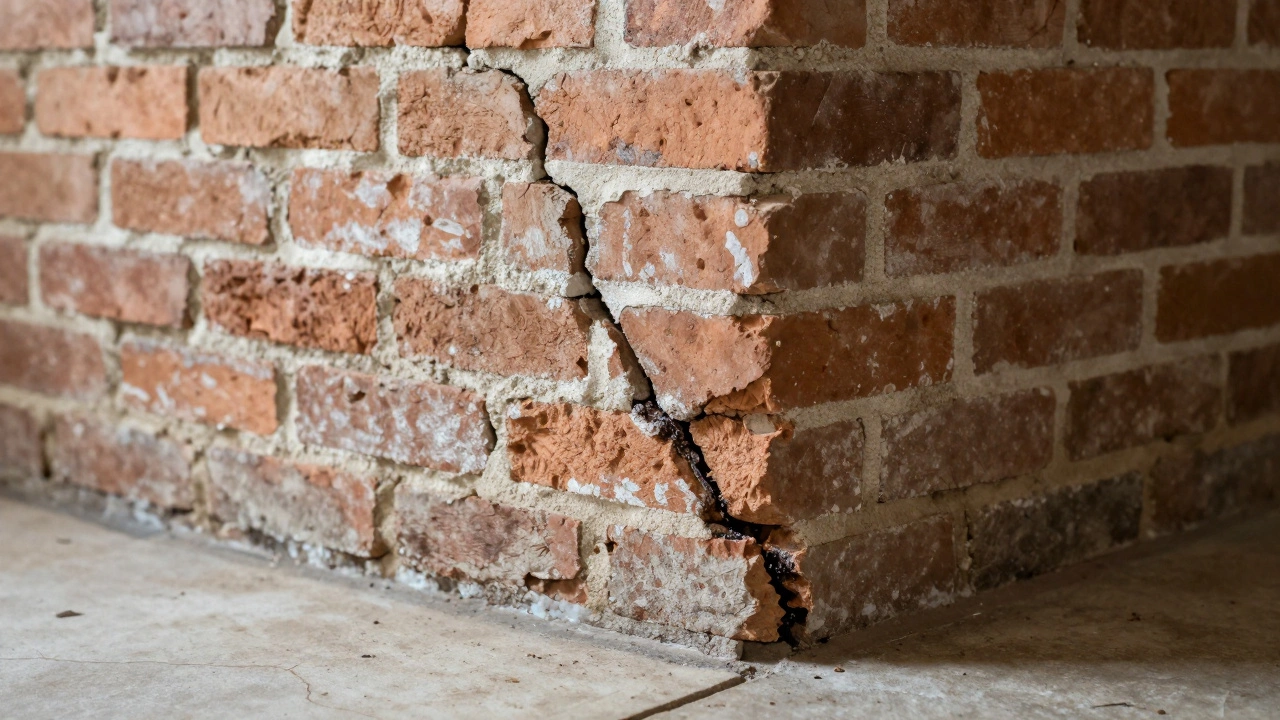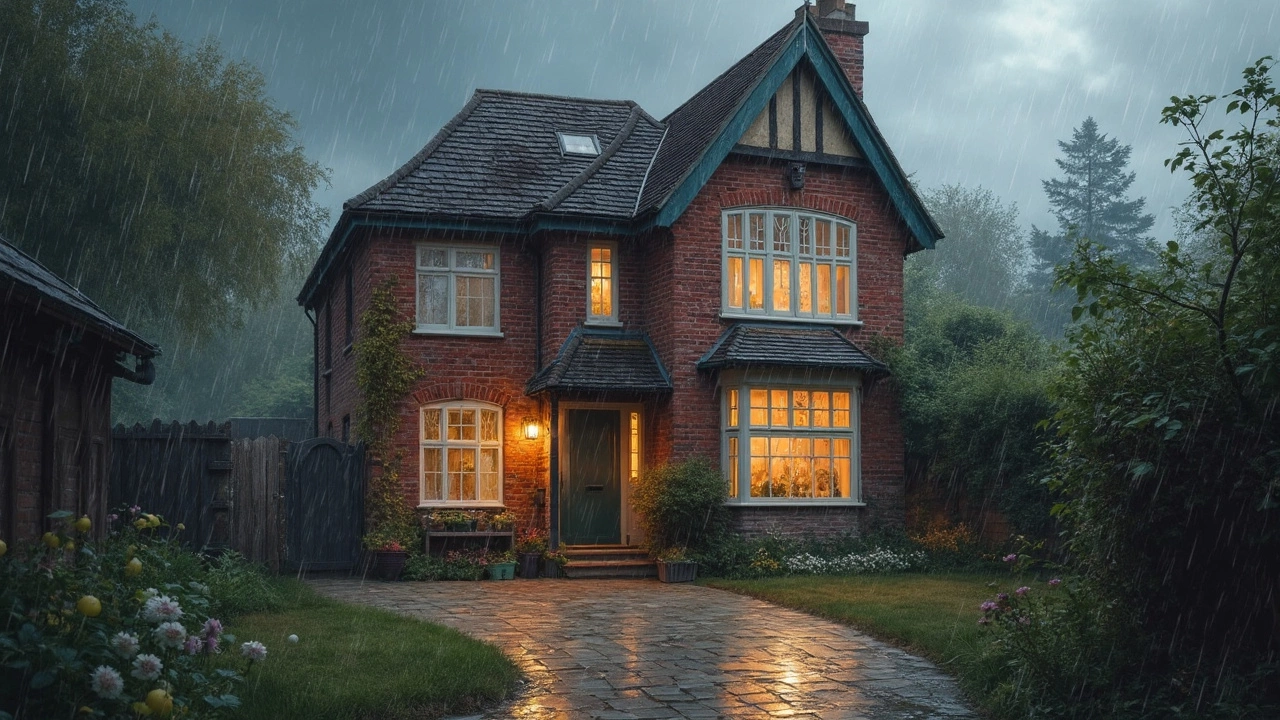Foundation Crack: What It Means and How to Fix It
If you’ve spotted a line running up or across your walls, you’re probably looking at a foundation crack. It’s not just an eyesore – it can signal water leakage, structural movement, or even future collapse if ignored. The good news is most cracks are treatable, and knowing the basics helps you decide when a DIY fix will do and when you need a pro.
Common Types of Foundation Cracks
There are three main groups you’ll hear about:
- Vertical cracks run up and down. They usually form as the soil settles and are often harmless, but wide vertical cracks can let moisture in.
- Horizontal cracks lie side‑to‑side. These are the red flags because they show pressure pushing against the wall – think of a bowing fence. Fixing them often costs more and may need underpinning.
- Diagonal or stair‑step cracks appear at an angle, especially in brick foundations. They can be caused by temperature changes or settling, and may need a sealant or reinforcement.
Knowing the direction helps you gauge severity and pick the right repair method.
When to Call a Pro
Not every crack needs a contractor, but watch for these signs:
- Cracks wider than 1/4 inch (about 6 mm).
- Cracks that keep growing after a few weeks.
- Doors or windows that stick, floors that slope, or cracks that appear in multiple rooms.
- Visible water leakage or damp patches near the crack.
If you tick any of those boxes, it’s time to get a structural engineer or foundation specialist on site. They’ll recommend solutions ranging from epoxy injection for small splits to pier installation for serious settlement.
Typical costs vary. A simple epoxy fill can run £200‑£500, while fixing a horizontal crack with steel piers often starts around £1,200 and can climb to £5,000 depending on depth and access. Our own research shows the average horizontal foundation crack repair cost sits between £1,500 and £3,000.
In case you’re curious about real‑world numbers, check out these related reads on our site: "Horizontal Foundation Crack Repair Cost: Real Prices, Fix Options & What to Expect", "Most Expensive Foundation Repair: Causes, Costs, and Real Solutions", and "Are Cracks in a 100 Year Old House Normal? Expert Guide to Old Home Cracks".
While you wait for a professional, you can do a few simple things to slow damage:
- Divert downspouts away from the foundation.
- Keep gutters clean to avoid water pooling.
- Make sure the soil around the house slopes away at a 5‑10% grade.
- Use a breathable sealant on small, dry cracks to keep moisture out.
These steps won’t fix a serious problem, but they can buy you time and reduce future repair bills.
Bottom line: a foundation crack is a warning, not a sentence. Spot the type, measure the width, watch for movement, and act fast if the crack looks dangerous. With the right info you’ll know whether a DIY patch will hold or if it’s time to call in the experts, saving you stress and money in the long run.

What Does a Bad Foundation Crack Look Like? Signs You Can't Ignore
Dec 29, 2025, Posted by Damon Blackwood
Not all foundation cracks are dangerous, but some are signs of serious structural damage. Learn what a bad foundation crack looks like-width, shape, location-and when to call a professional before it’s too late.
MORE
Foundation Cracks: The Costly Consequences of Ignoring Repairs
Feb 12, 2025, Posted by Damon Blackwood
Many homeowners think foundation cracks are just a cosmetic issue, but ignoring them can lead to severe structural damage. If left unchecked, these cracks can widen, allowing water seepage, mold growth, and even compromise the safety of your home. Understanding the causes and consequences of foundation cracks helps in making informed decisions about timely repairs. This article explains the potential risks and costs of neglecting foundation crack repairs and offers practical tips for maintaining your home’s foundation.
MORESEARCH HERE
Categories
TAGS
- foundation repair
- commercial construction
- construction
- new builds
- home improvement
- home renovation
- bathroom renovation
- residential construction
- construction materials
- home foundation
- renovation tips
- building types
- contractor
- foundation cracks
- home construction
- architectural services
- building codes
- construction differences
- home inspection
- kitchen installation